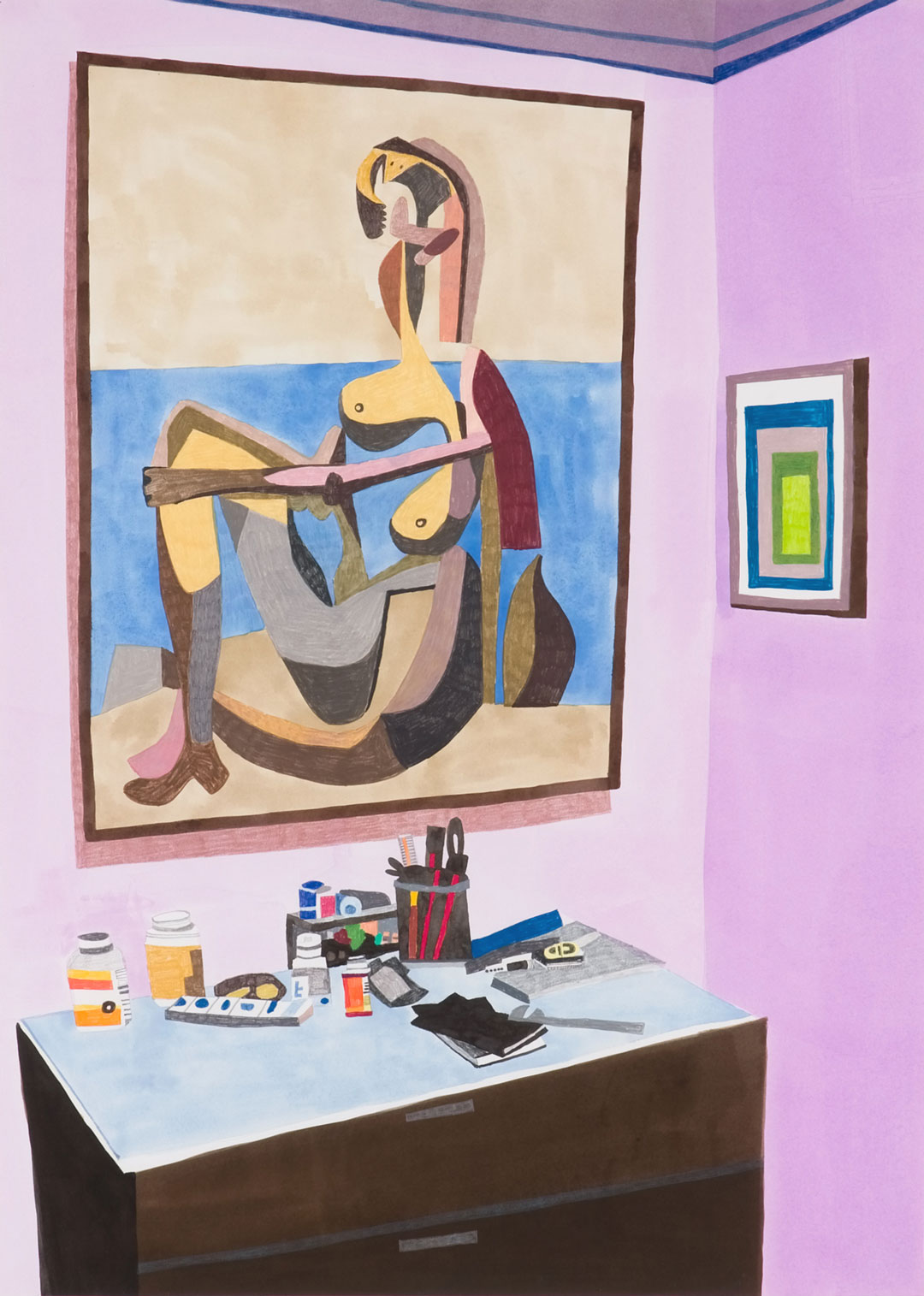
Picturing Jonas Wood – Picasso, Albers and other greats
Why does the Californian artist include works by other famous painters in his pictures? Our new book explains all
Jonas Wood isn’t the only artist in his family. His maternal grandmother and grandfather were painters. Indeed, Wood’s grandpa, Dr Israel J. Rosefsky – a wealthy paediatrician and a canny investor who turned to the brushes and canvases in his late fifties – didn’t just paint; he also collected art. During a short period in the middle of the 20th century, he also managed to buy Portrait of George Dyer Talking by Francis Bacon, alongside works by a number of other prominent artists, including Roy Lichtenstein, Robert Motherwell, Alexander Calder, Warhol and Picasso.
“It totally influenced me big time,” Woods says in an interview in our new Contemporary Artist Series book on him. “My grandfather collected a bunch of work and one particular work that was really crazy was a giant Francis Bacon painting from the late 1960s, that was Portrait of George Dyer Talking, and I remember that one really clearly, and Lichtenstein really clearly, and some Calder works pretty clearly. I think I kind of knew it was a big deal when I was growing up.”
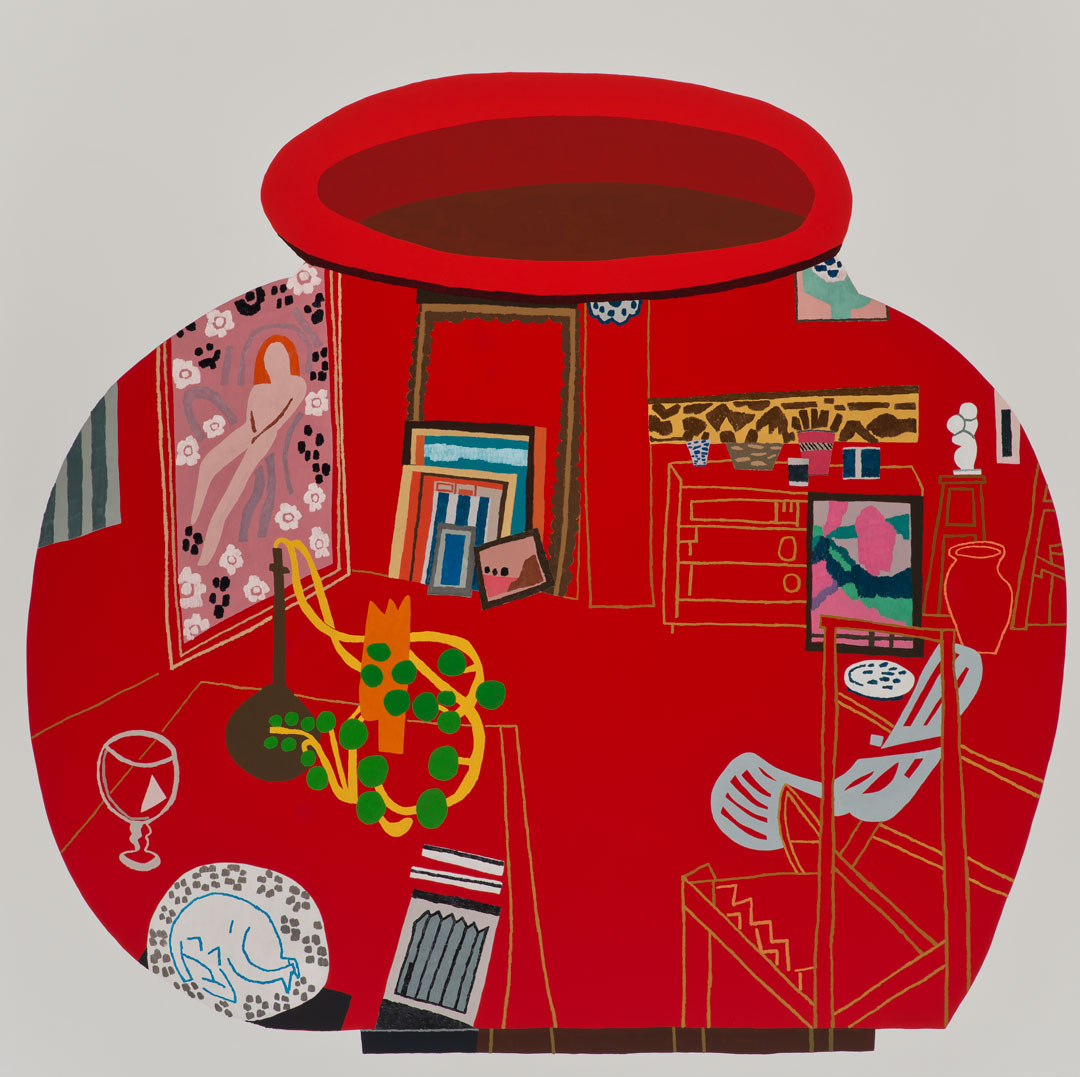
Glance through Wood’s paintings, and the debt of influence is clear. Explicit references to artists in his grandfather’s collection, such as Picasso and Warhol, recur in Wood’s paintings, as do artists with other familial connections, such as Matisse and Albers; Jonas’s parents owned a couple of Matisse prints, and his father, an architect, took one of Josef Albers colour-theory classes.
However, these paintings within paintings aren’t always accurate depictions of works and hangings within the greater Wood collection. Take, for example Every Morning This is What I See 2 (top), a 2008 work reproduced in our book. “My dad had some random art on his bureau, and I inserted an amazing Picasso and an amazing Albers above it, as if that was what he was actually enjoying,” Woods explains.
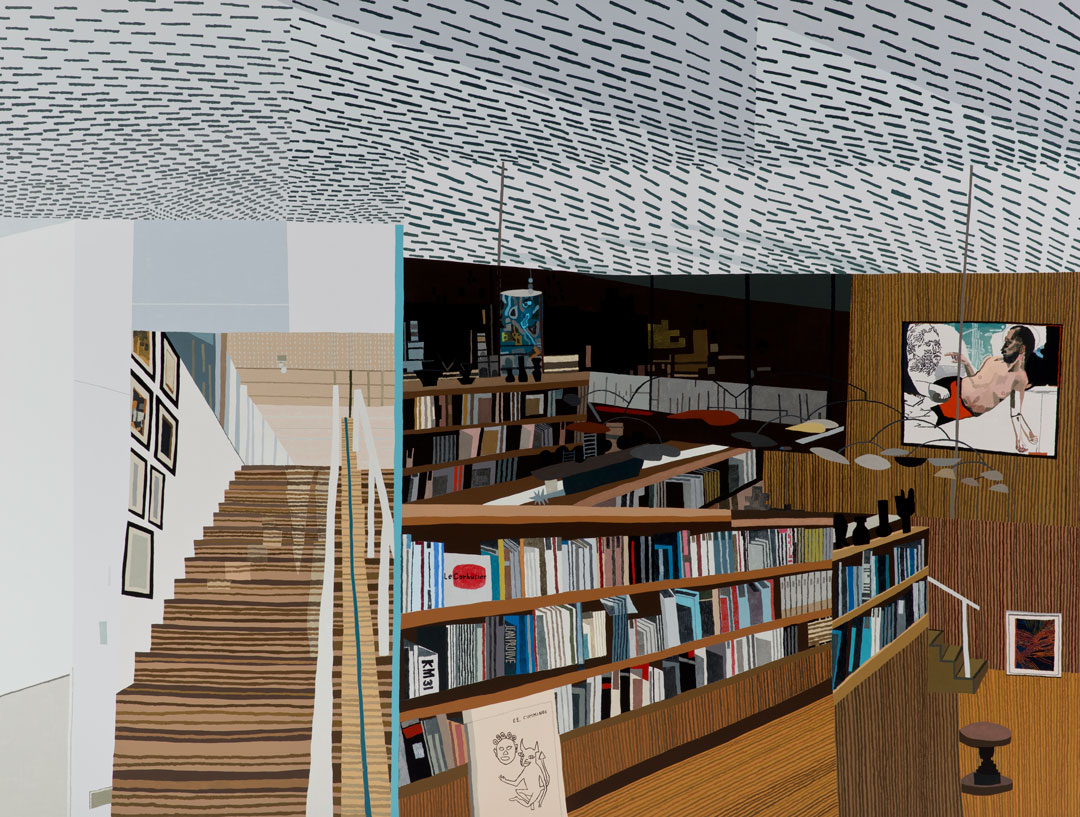
These artworks aren’t inserted into Wood’s pictures in a showy, or smug, referential way; he really cares about them. “One of the disarming qualities of a Wood painting is the open-heartedness with which he displays his love and affection for the artist whose work he has copied,” writes Helen Molesworth in her contribution to the book. “He does not engage in appropriation as a form of rivalry (as we see in Sherrie Levine), nor is his borrowing of images tinged with an Oedipal anxiety about the work of his forebears (as might be evident in the work of George Condo). Wood’s primary mode of address, or his aesthetic motivations, seems to stem from genuine intimacy.”
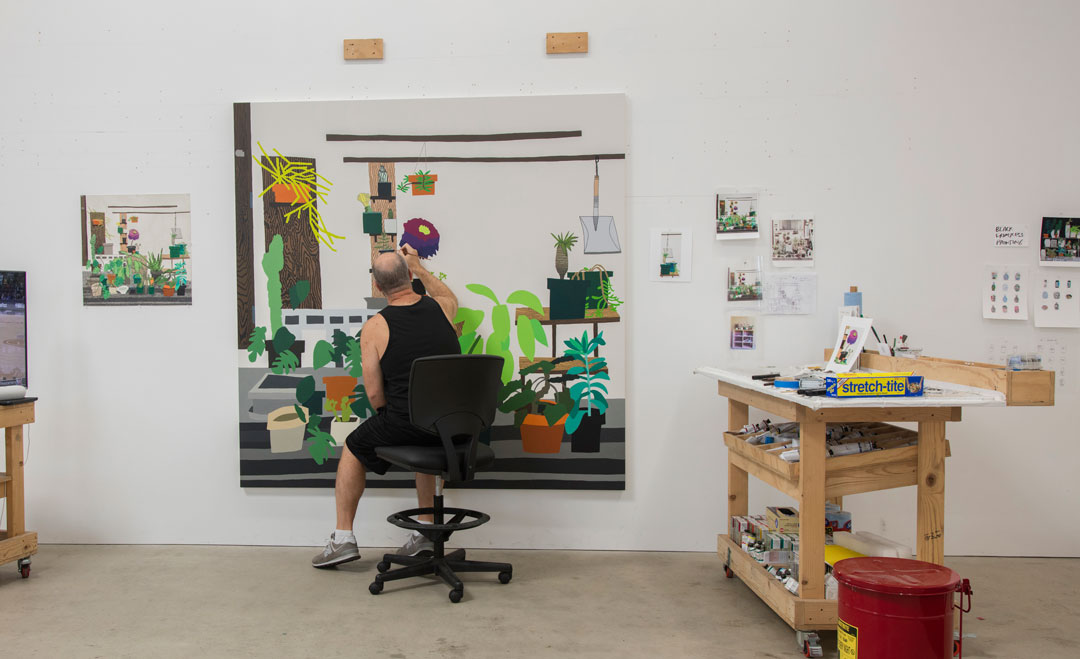
“Rather than seeming cloying or boastful, Wood’s copying feels earnest, as if he is engaging in the old Beaux Arts model of artistic training in which one copied Old Masters to learn their tricks from the inside out. In other words, he copies them as a way to learn the moves of his favourite painters, even though he never lets those moves leech out of the copied image into ‘his’ part of the painting or drawing.”
Or as Wood puts it himself, “Repainting a Matisse painting, or a Picasso painting all these things just seem natural to me. I’m not trying to remake those things, I’m trying to make them in my own way because I’m so turned on by them.” And in so doing, perhaps he turns us onto them too.
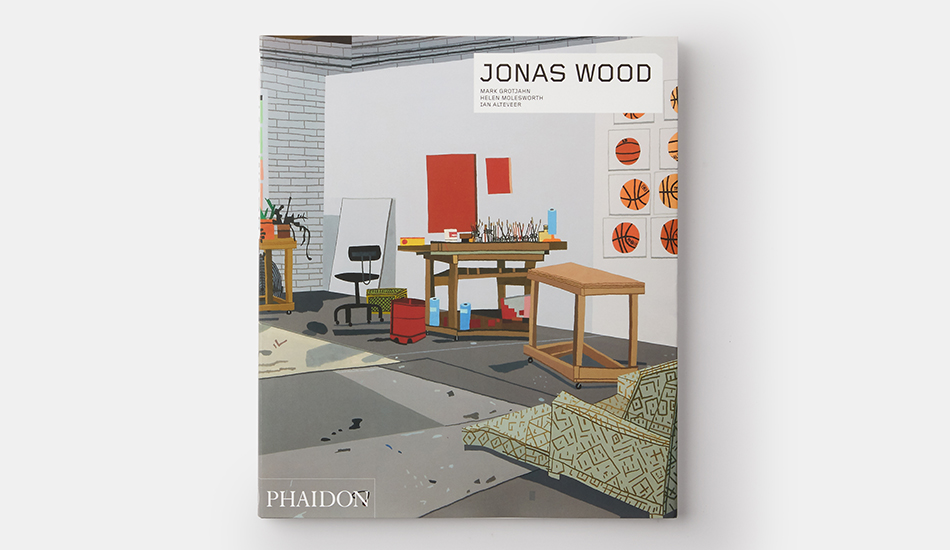
To see how those venerable 20th century artists fit into this exciting new painter's work, order a copy of our Contemporary Artist Series book dedicated to Wood, here.